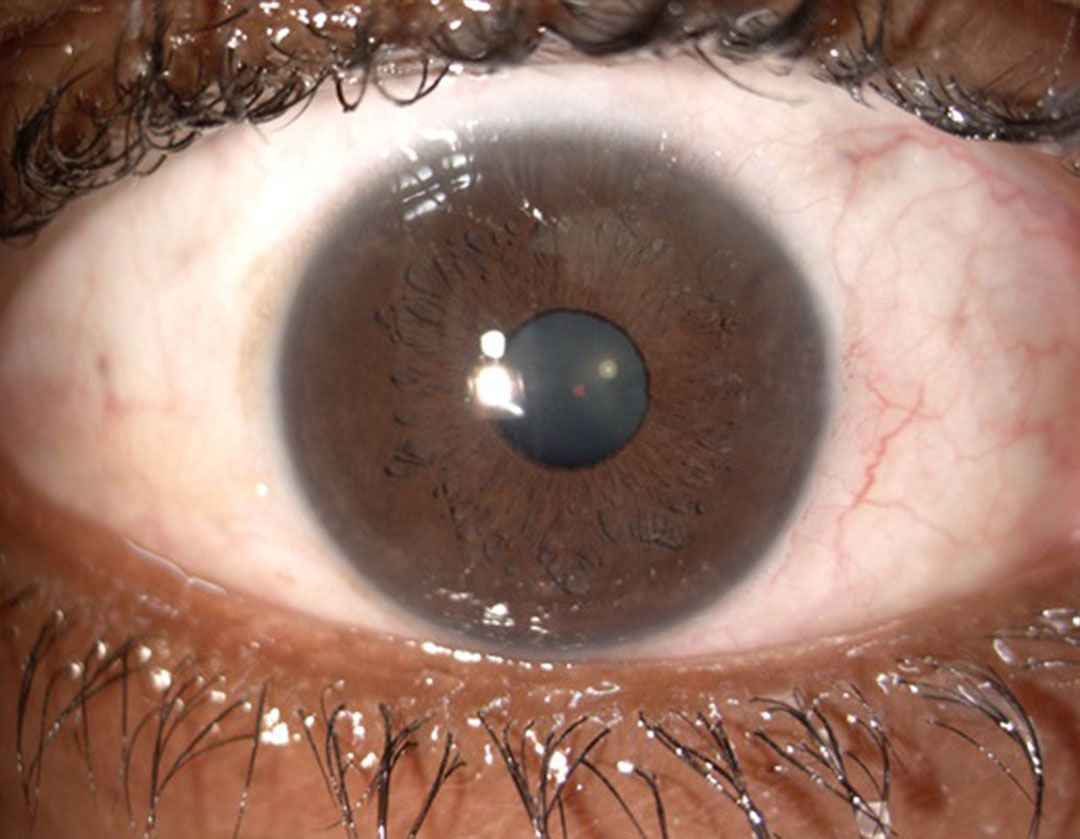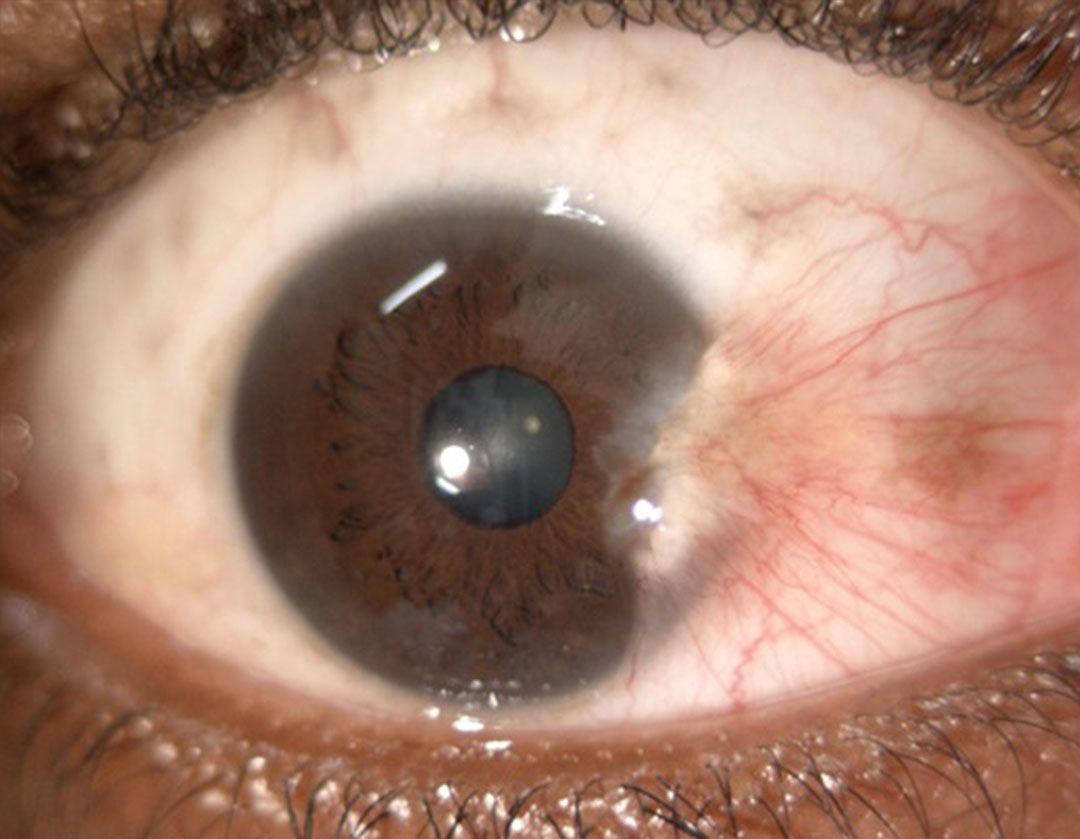What is a Pterygium?
This is a growth of the conjunctiva (the clear mucous membrane tissue overlying the white of the eye) onto the cornea (the front window of the eye). It usually grows very slowly and, in some cases, may remain static. It may reduce vision by causing distortion of the cornea or by growing across it and crossing the line of your vision.
What causes it?
It is thought to be caused by dry eyes and environmental factors such as excessive exposure to dust, wind and UV light.
Does it need treatment?
Only if it causes discomfort that is not relieved with medication, affects vision, or is likely to affect vision.
Pterygium treatment
Mild discomfort, due to the drying effect on the cornea around the base of the pterygium, can be relieved by lubricants. More extreme drying causes inflammation and a short course of anti-inflammatory drops can be helpful when this occurs.
More severe symptoms that do not respond to these simple measures can be treated by pterygium eye surgery, which is also an option if it is affecting your vision or growing in size and likely to affect vision. It is important to prevent excessive exposure to UV light (e.g. wear wraparound sunglasses) and protect your eyes from dry, dusty conditions. This may reduce the risk of it becoming worse or recurring if you have had surgery to remove it.
More severe symptoms that do not respond to these simple measures can be treated by pterygium eye surgery, which is also an option if it is affecting your vision or growing in size and likely to affect vision. It is important to prevent excessive exposure to UV light (e.g. wear wraparound sunglasses) and protect your eyes from dry, dusty conditions. This may reduce the risk of it becoming worse or recurring if you have had surgery to remove it.
What are the risks of pterygium eye surgery?
The main risk is that the pterygium will re-grow, which occurs in about 10% of cases. If this happens you may need to have it removed again. Other risks involve infection, bleeding and scarring - Mr Patel will go through the risks, before you agree to the procedure.
What happens after pterygium eye surgery?
Following your pterygium eye surgery, you will have a pad and shield on your operated eye which should be kept on until the following morning. On waking, the pad and shield can be removed – the shield should be washed and worn at night for 5 nights, secured with Micropore, Transpore or Sellotape.
The eyelids may be a little sticky and can be cleaned gently with some gauze and cooled boiled water. Apply the drops and ointment as directed after cleaning the eyelids. It is normal for your eye to be red, sore and light sensitive for 1 to 2 weeks after pterygium eye surgery, and this should gradually improve.
The eyelids may be a little sticky and can be cleaned gently with some gauze and cooled boiled water. Apply the drops and ointment as directed after cleaning the eyelids. It is normal for your eye to be red, sore and light sensitive for 1 to 2 weeks after pterygium eye surgery, and this should gradually improve.
Copyright © 2019. Amit Patel



